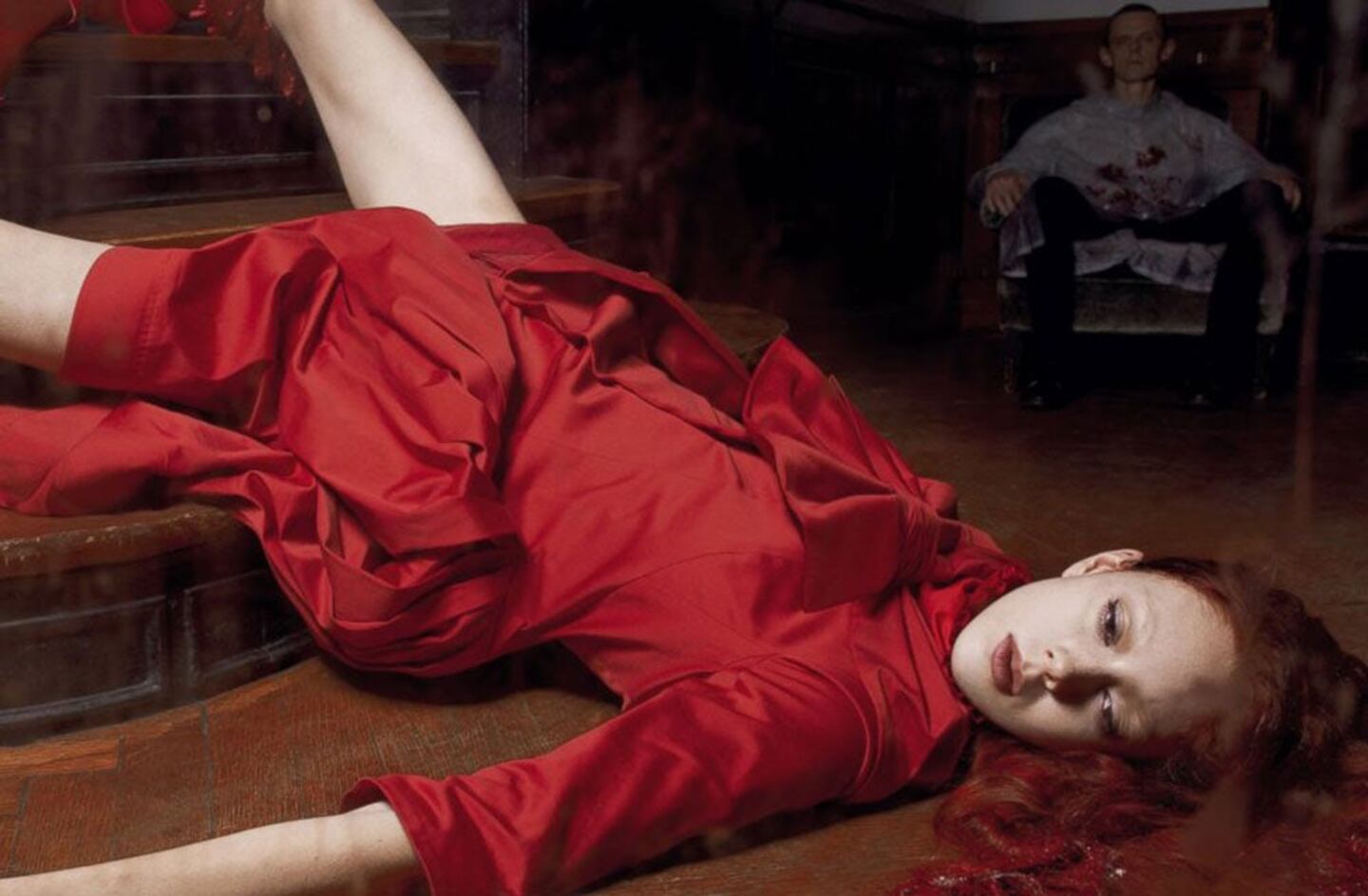
The Business of Fashion
Agenda-setting intelligence, analysis and advice for the global fashion community.

Agenda-setting intelligence, analysis and advice for the global fashion community.

LONDON, United Kingdom — Whilst I was going through the pages of April's Italian Vogue and reading Katharine K. Zarrella's argument against the domestic violence-themed, Steven Meisel-shot cover story, dubbed "Horror Movie," I started thinking more than ever about an issue I am passionate about and on which I have spent some time in the past few years. Let me start by sharing some data:
Thirty-three percent of women in the European Union are victims of some kind of domestic violence yearly. Many die. Every three days in France, one woman is severely wounded or killed by the hand of a family member. Women worldwide aged 15 to 44 are more likely to die as a result of domestic violence than as a consequence of war, cancer, malaria and traffic accidents combined. Far more American women have died in the last decade because of domestic violence than soldiers who have perished in the Iraq or Afghanistan wars. American women are twice as likely to suffer domestic violence as breast cancer. Most violence against women worldwide, whether sexual or not, is committed by their intimate partners.
And last, but certainly not least, intimate partners commit 38 percent of all murders of women worldwide.
So, when we finally are made aware of this startling data and we realise that even a beautiful neighbour in our lovely and wealthy neighbourhood could be being beaten, as we speak, by her gorgeous boyfriend, or that our best friend is not telling us that she is mentally beaten, and often physically too, by her own husband... Well, then we stop for a while and we decide to act.
ADVERTISEMENT
Domestic violence is too awful a reality to be ignored and it needs the voices of many people to make it real to lawmakers. It hits women hard everywhere. It is not only about child wives in India, unborn daughters in China or shame crimes in Pakistan; it is everywhere, socially and geographically.
I think that the discussion about May's Italian Vogue should shift. The problem is not that the violence is staged, everyone is beautiful and the clothes are fashionable; the culprits are not the photographer Steven Meisel or the make-up artist Pat McGrath. The only problem is that there are fashion credits next to the photographs.
If a film director shot a movie on the topic, casting Charlize Theron in the role of a well-off banker who gets horribly (and secretly) beaten by her abusive husband, he would film her beauty and glamour too; the film would then be nominated for several awards and turn into an important piece of awareness and denunciation, but at the same time a piece of culture. So what's different with Vogue? Well, with a film, the clothes are not credited to specific designers after every shot.
Therefore, Sozzani is right to assert that fashion photography is a powerful medium which can carry important messages. But to avoid offence, Vogue could have called it an "artistic editorial" on an important theme and avoided the commercial side of it by eliminating the fashion credits. The brands would probably have accepted it.
The fact is, violence is not pretty, but it can hide behind a pretty face.
So, I am grateful to Katharine Zarrella for saying out loud that this is no topic of glamour and beauty. And I am also grateful to Franca Sozzani for having the guts to put it in Vogue and push people like you and me to think about it. We might wake up from our indifference and start to act, or come out of our fear to denounce what we know or, even worse, what we experience. At the end of the day, it is thanks to this controversy that I felt the urge to write about this.
Mimma Viglezio is an independent consultant based in London.
The views expressed in Op-Ed pieces are those of the author and do not necessarily reflect the views of The Business of Fashion.
How to submit an Op-Ed: The Business of Fashion accepts opinion articles on a wide range of topics. Submissions must be exclusive to The Business of Fashion and suggested length is 700-800 words, though submissions of any length will be considered. Please send submissions to contributors@
From analysis of the global fashion and beauty industries to career and personal advice, BoF’s founder and CEO, Imran Amed, will be answering your questions on Sunday, February 18, 2024 during London Fashion Week.
The State of Fashion 2024 breaks down the 10 themes that will define the industry in the year ahead.
Imran Amed reviews the most important fashion stories of the year and shares his predictions on what this means for the industry in 2024.
After three days of inspiring talks, guests closed out BoF’s gathering for big thinkers with a black tie gala followed by an intimate performance from Rita Ora — guest starring Billy Porter.